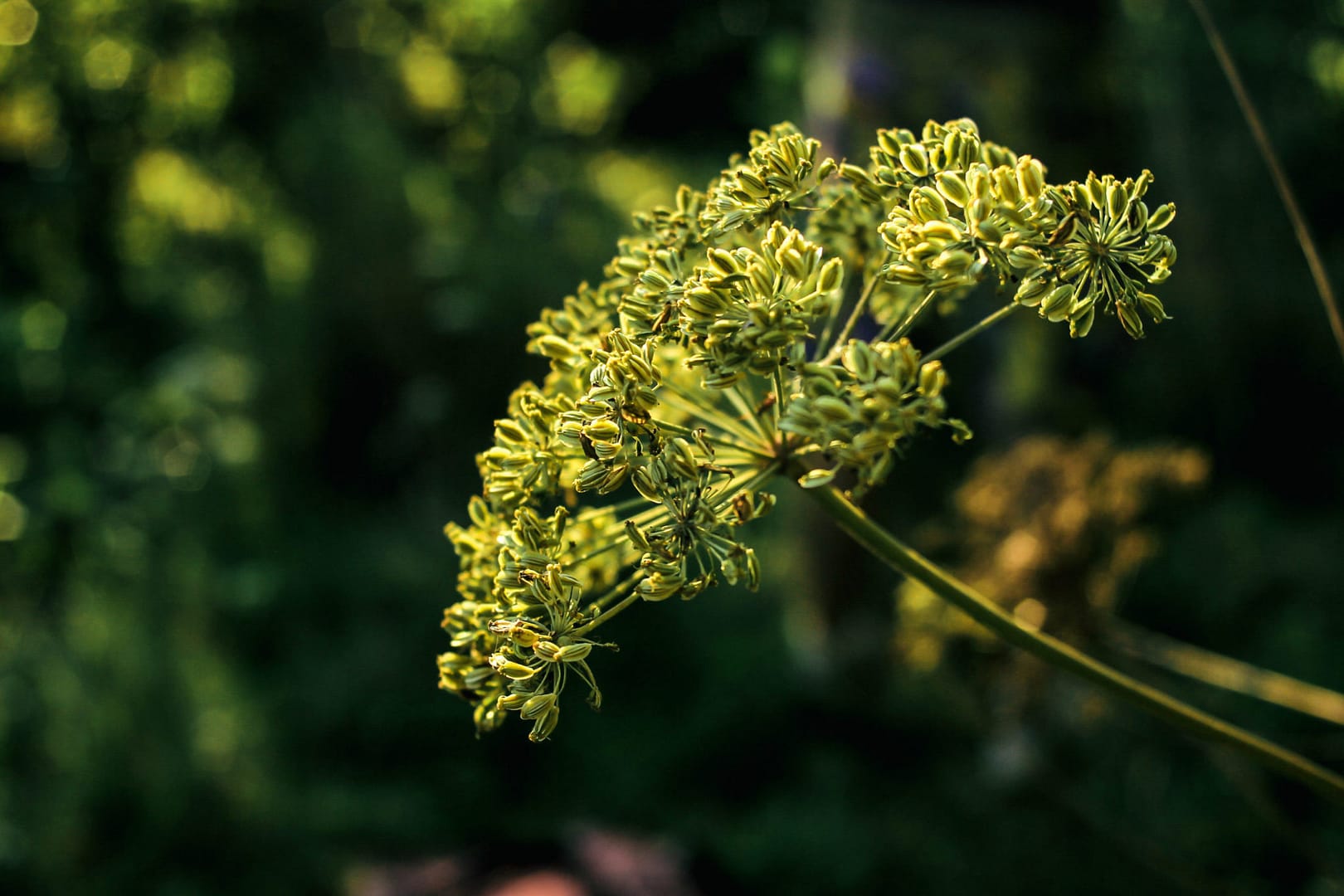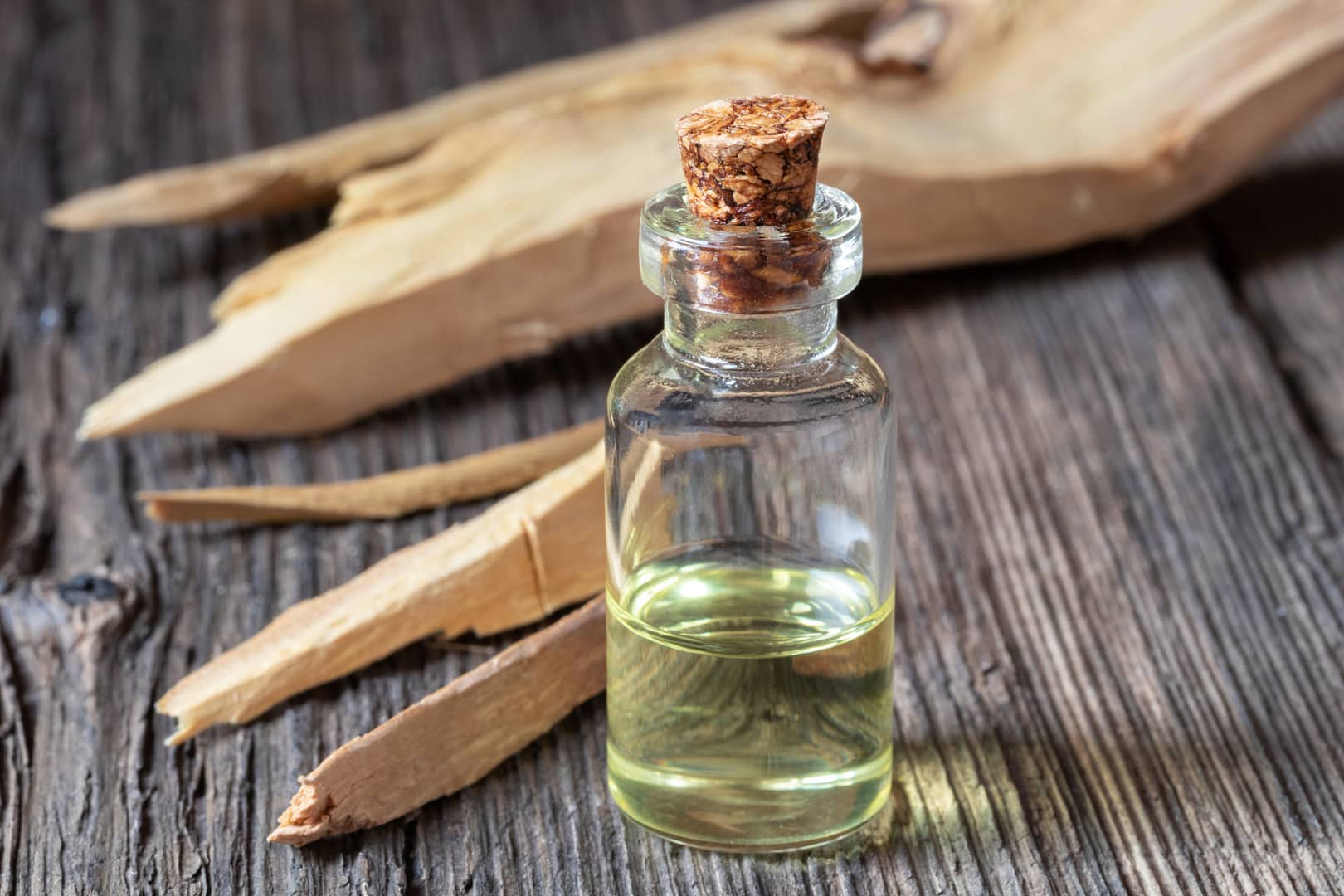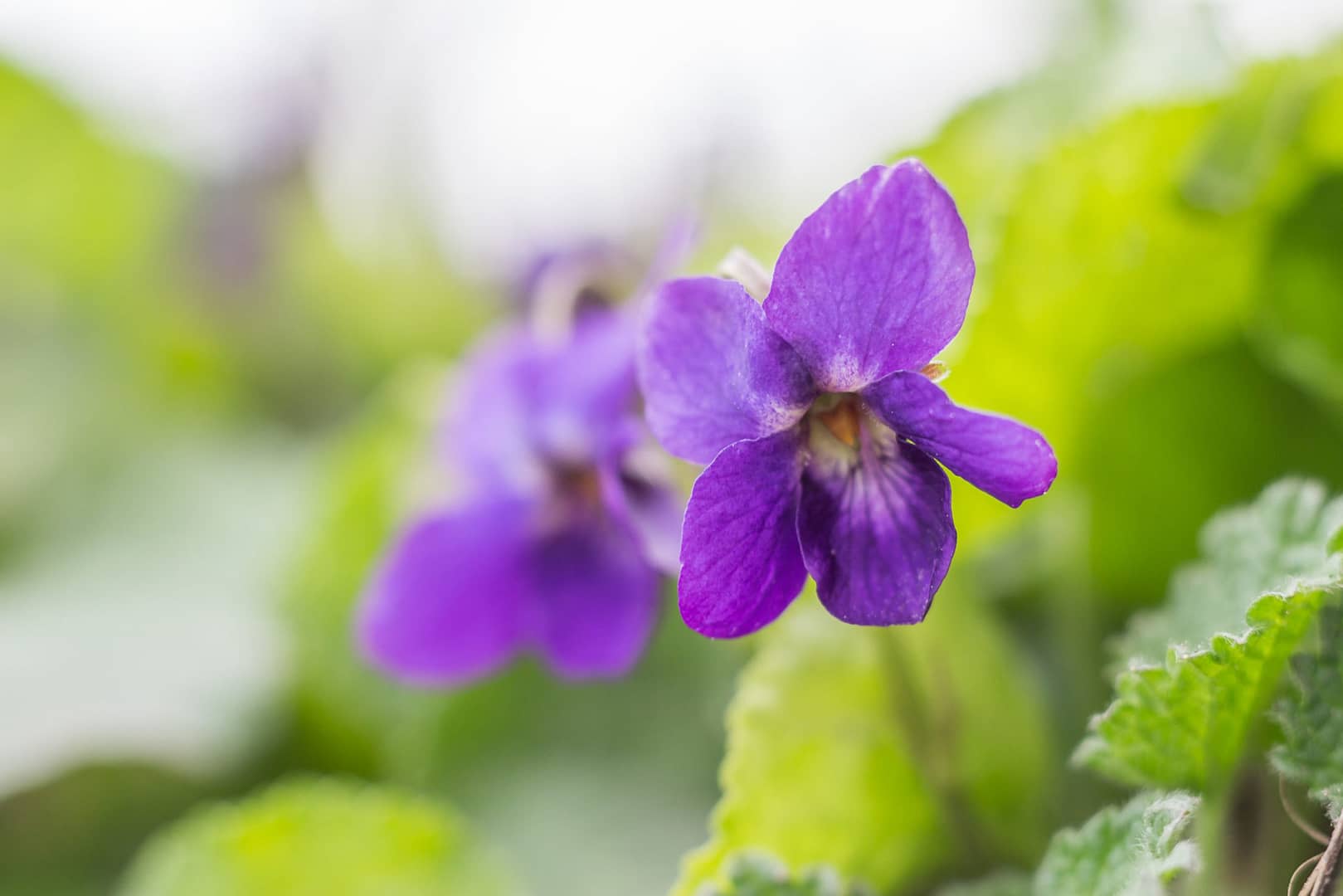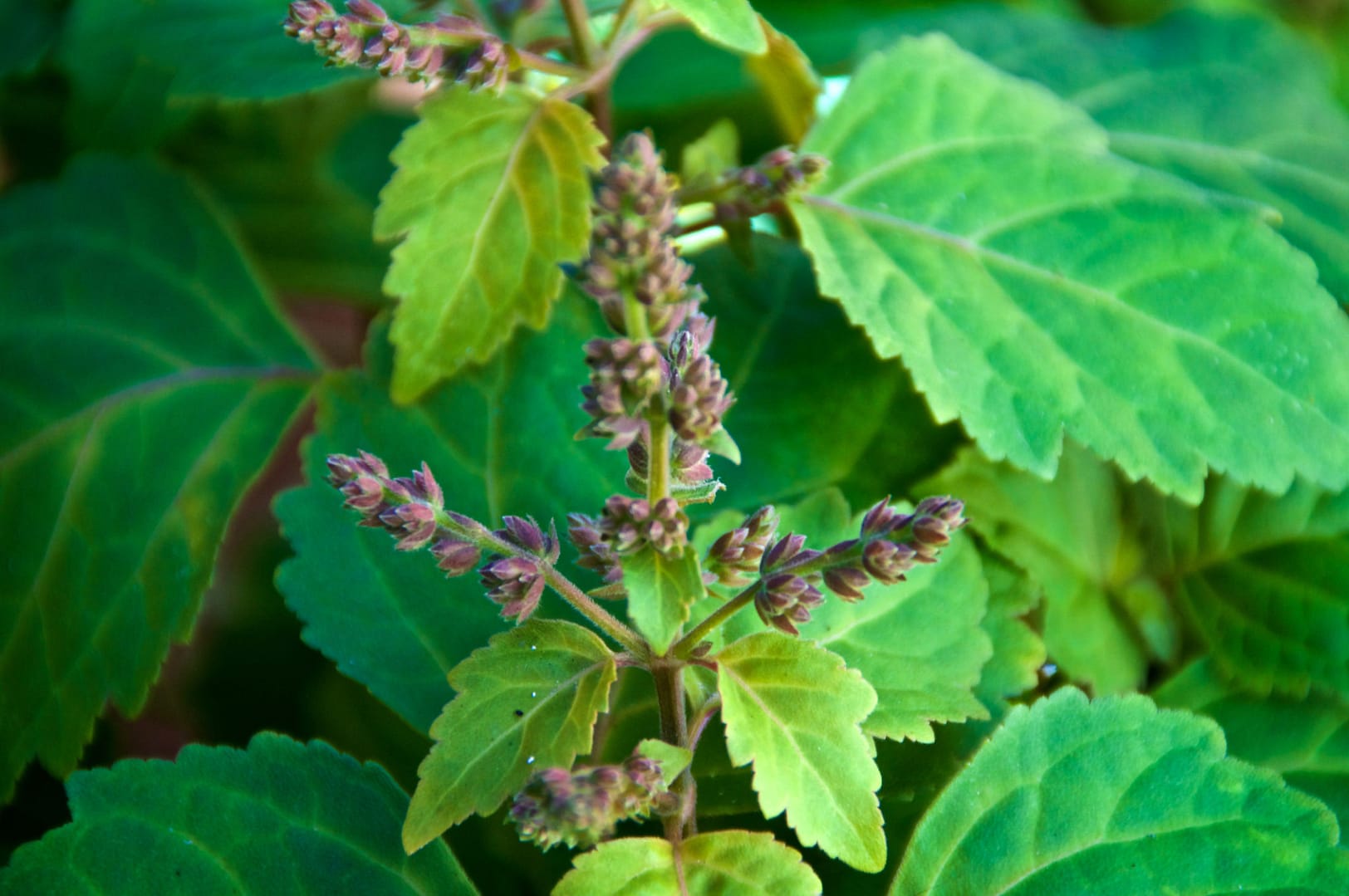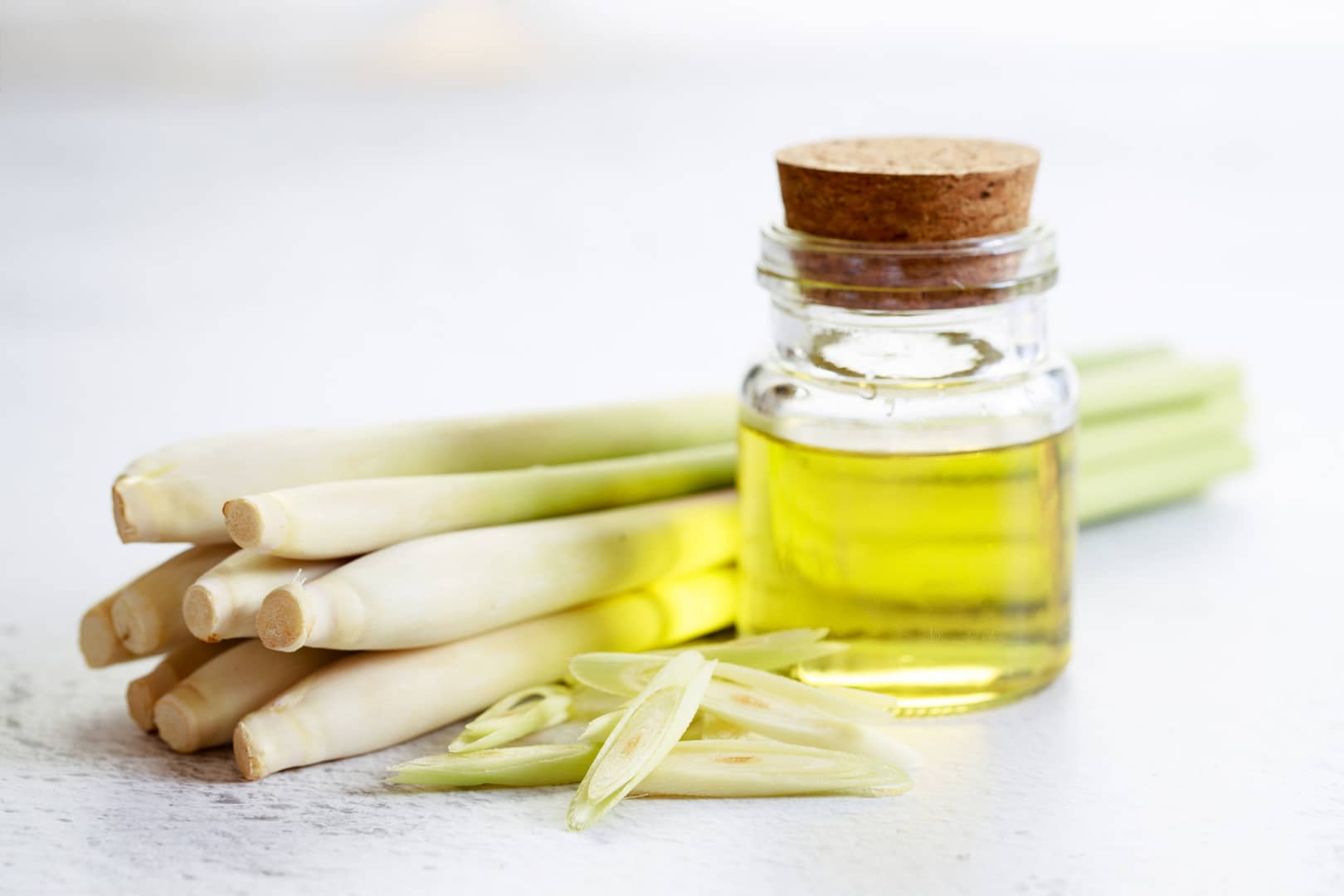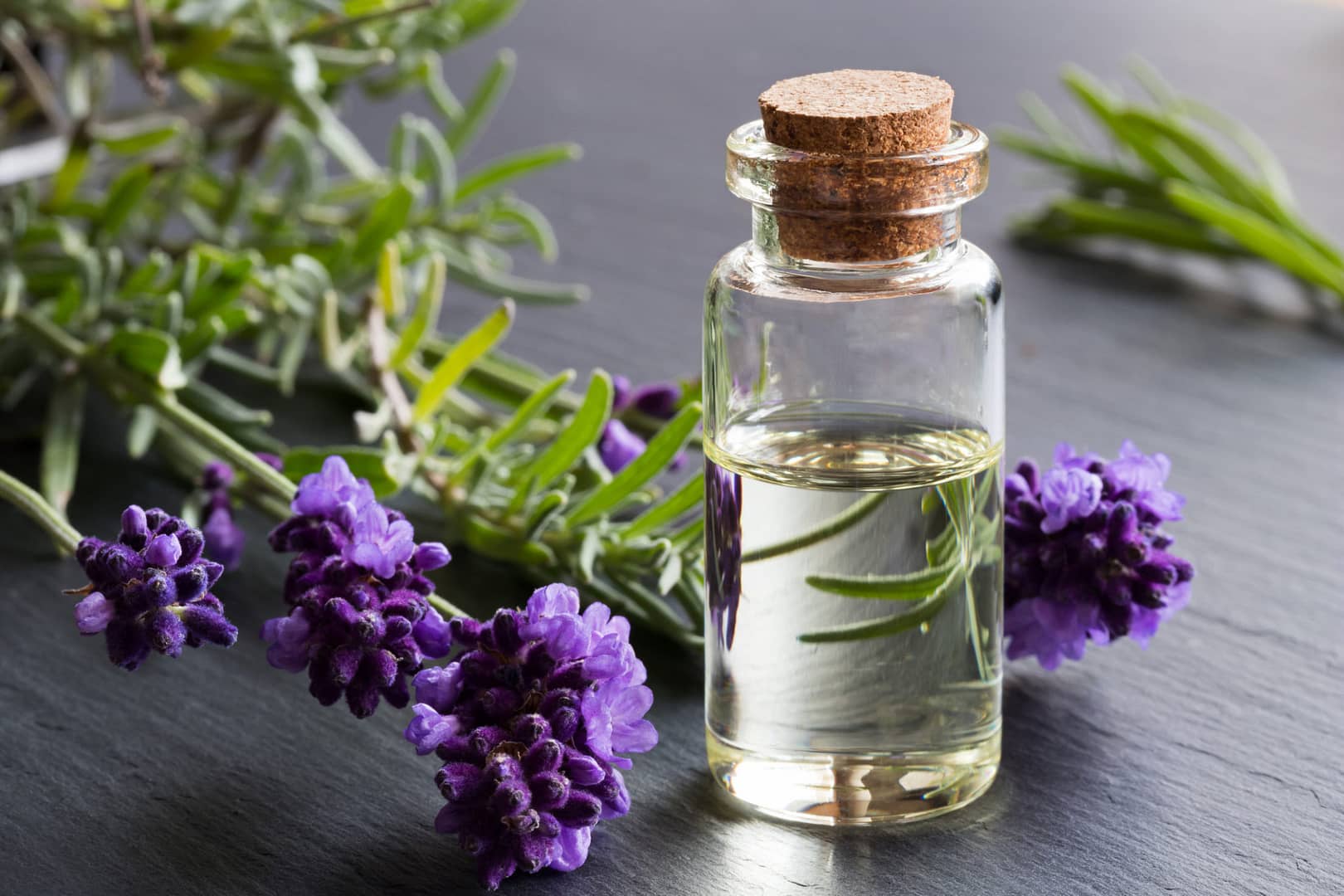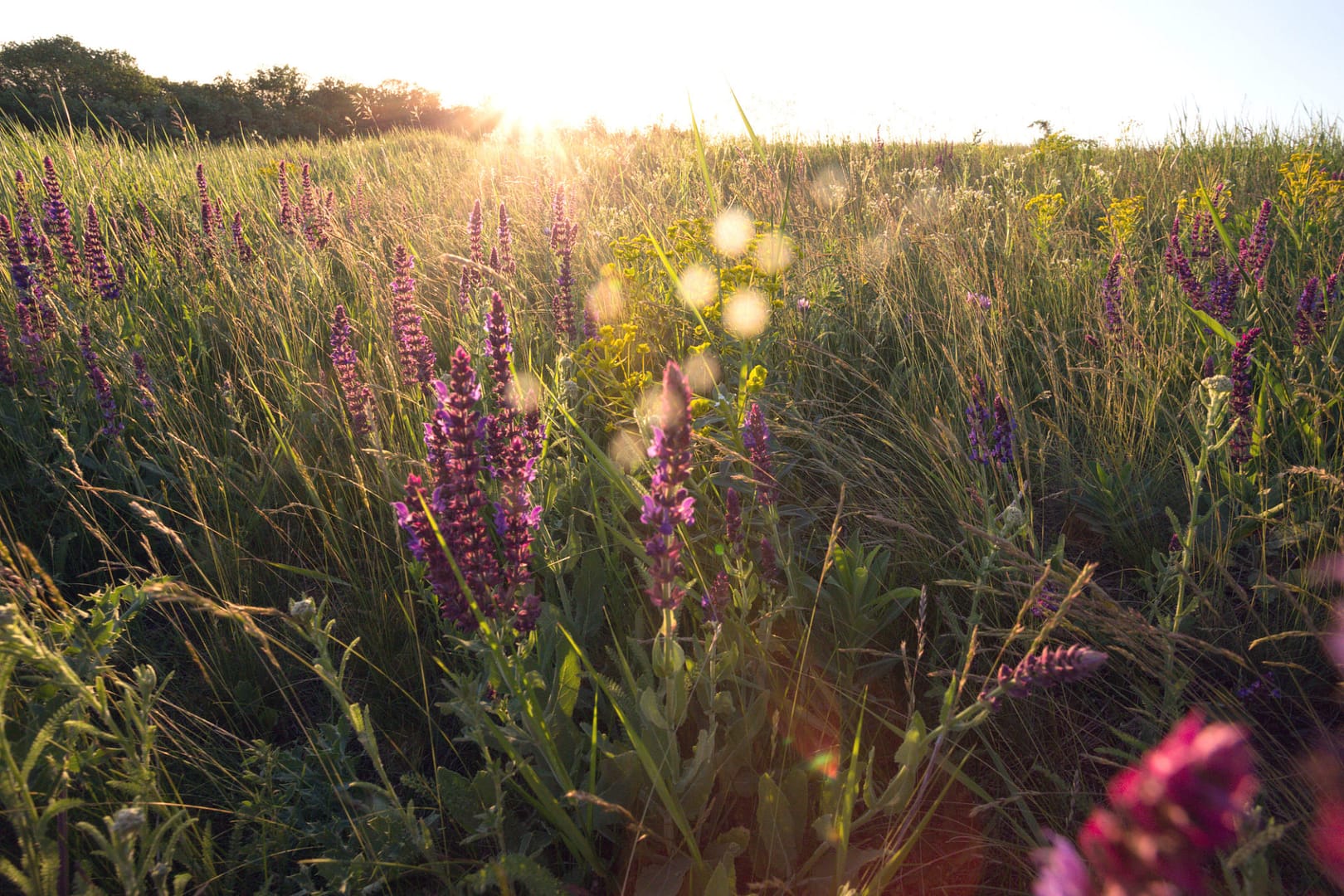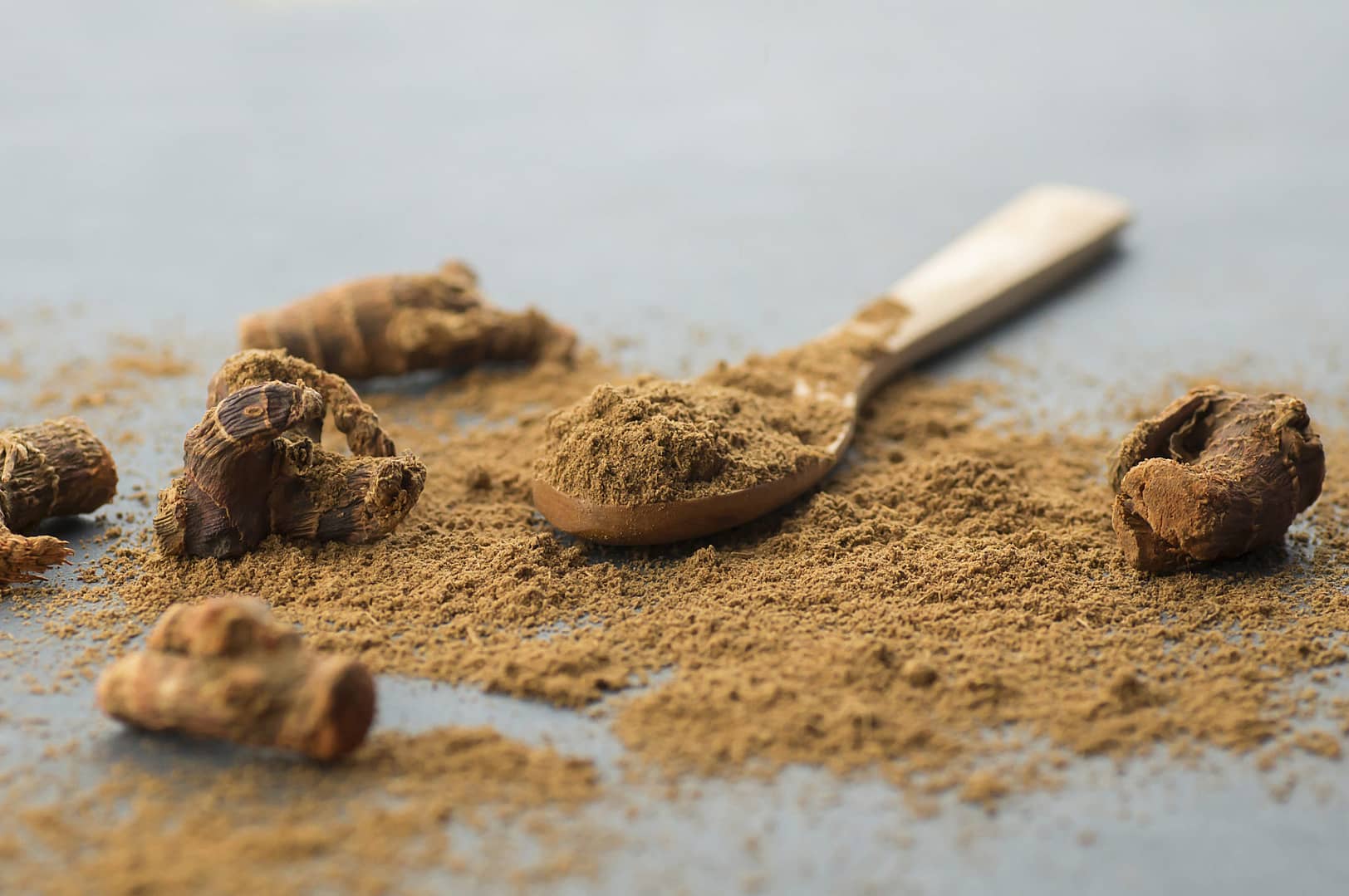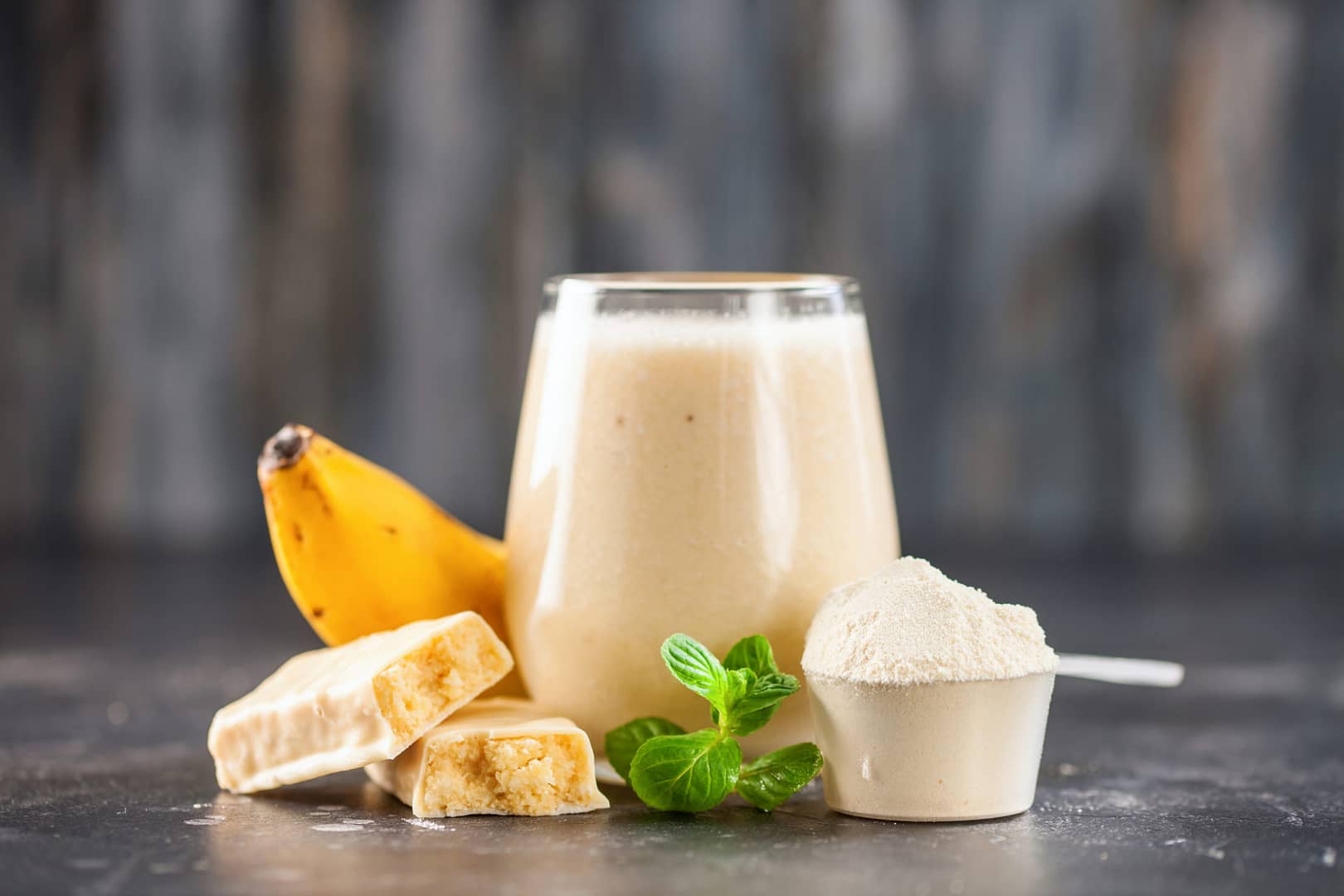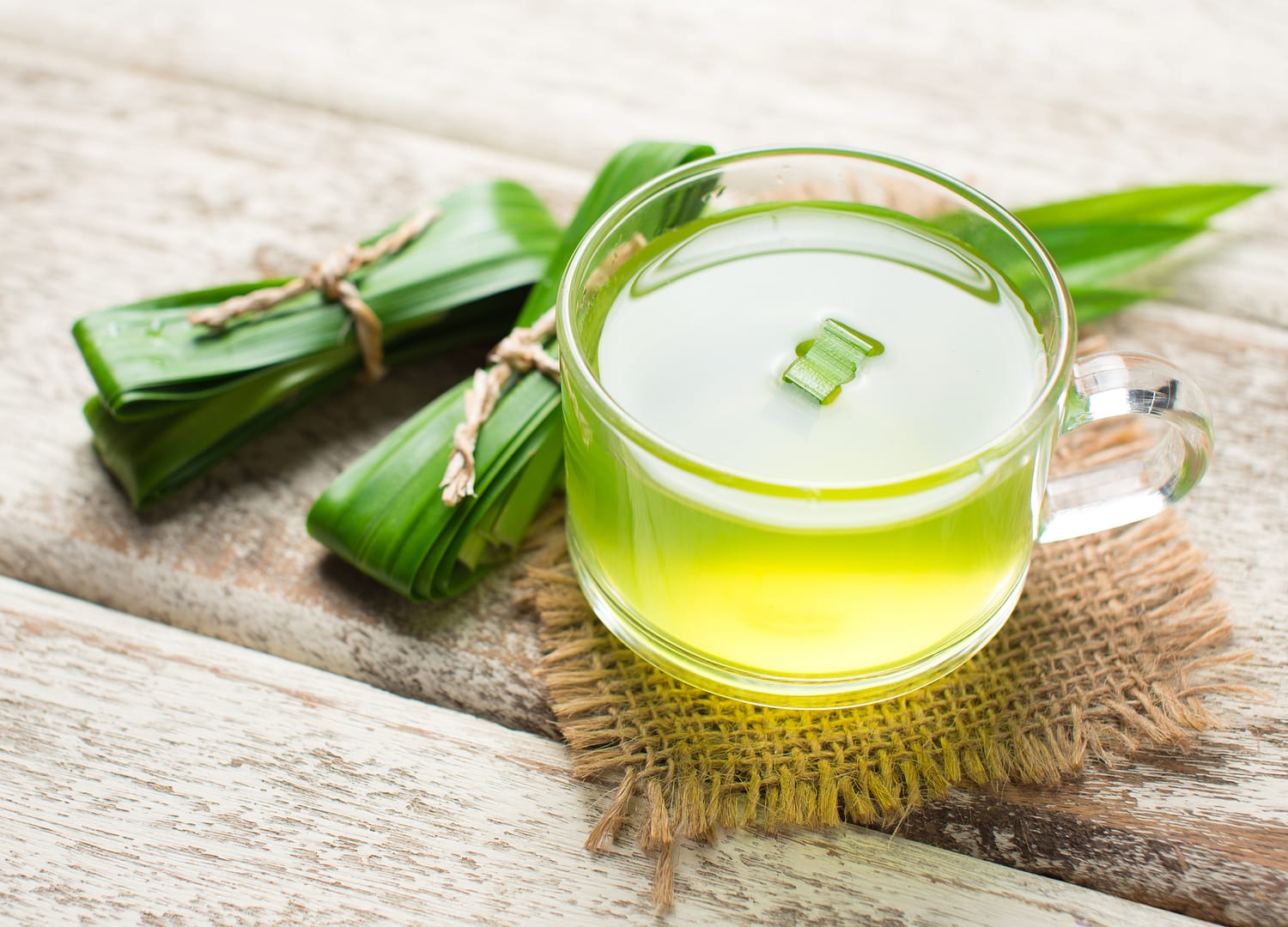Native to the Eastern Mediterranean, anise flower and seed have many culinary, fragrance, and medicinal uses. Anise is used in many baking recipes but most famously in biscotti. However, the sweet, fennel-like flavor is in pizzelles, sweet anise bread, and pfeffernusse. As oil or extract, anise is also used to flavor a variety of liqueurs. The most famous of these is anisette. Several other flavored liqueurs rely on anise flavor; they include arak, ouzo, sambuca, and pastis. Anise flavor enhances teas and coffees; anise is also in root beer for those who enjoy soda.
In the fragrance industry, anise is a complementary scent. Its sweet notes serve as a counterweight to other aromas, creating a perfectly balanced fragrance.
Anise oil provides essential health benefits. In various forms, anise oil soothes upset stomachs and relieves chest congestion symptoms. As an antispasmodic, anise oil prevents high rates of contraction in blood vessels, nerves, and muscles manifesting as coughs, hiccups, clotting, and other similar afflictions. Other health benefits from stimulating blood circulation include warding off inflammatory effects of osteo and rheumatoid arthritis. Anise oil also is used as an antiseptic and helps with wound care.
Artiste is the best source for high-quality ingredients from around the world. Interested in knowing more? Need to know, ask Joe!
Sandalwood essential oil comes from the wood and roots of the East Indian Sandalwood tree. This is one of the most valuable trees in the world and sandalwood oil is used across the globe in multiple products, each with important benefits.
Used originally in folk medicine in India and Chinese medicines, Sandalwood oil is now used in multiple therapies that treat the common cold, urinary tract infections, live and gallbladder problems, muscle, and digestive problems, anxiety, and as an anti-inflammatory and wound-healing.
The earthy, dense, scent makes a popular choice for fragrances, incense, aromatherapy, soaps, aromatic oils, and scent diffusers, as well as in cosmetics and men’s shave products.
In the culinary world, Sandalwood oil adds a clean and woody essence and earthy flavor to beverages, puddings, and many ethnic-based baked goods.
Artiste is the best source for high-quality ingredients from around the world. Interested in knowing more? Need to know, ask Joe!
Violet leaves are a native of the old world. While small in size, is widely cultivated and packs a powerful punch with its contribution to health and wellness. Viola Papillionacea and Viola Sororia, both called the common blue violet have a sister called Viola, which is tricolor and is known by the name Pansy.
The legendary origin of the violet, with its sweet and unique scent, a symbol of love for centuries, has been used to create love potions and fine fragrances.
The early Shaker herbal medicine catalogs of the mid- 1800s widely spoke to the values of this species. Acclaimed as a remedy for coughs, colds, and sore throats, used as an expectorant and anti-inflammatory. There has been much published about the use of violet for the treatment of cancer by Native Americans and now the American Institute of Cancer.
Seasonally-minded restaurants use the violet blossoms to garnish fresh salads and French Sorrel soups, as well as sugar-coating them, called “sweetmeats”, and what a treat.
Used in teas, and fresh dried herbs for soups, egg custards, and confections, for a sweet, soothing addition, this little powerhouse plant is right in our backyards.
Artiste is the best source for high-quality ingredients from around the world. Interested in knowing more? Need to know, ask Joe!
Patchouli oil is an essential oil that is a part of the Lamiaceae family, which also includes popular and diverse herbs like Mint, Sage, and Lavender. This herb thrives in warm and tropical climates, originating and still grown in Asia, it is also cultivated in Western Africa, India, China, and even parts of the USA, such as Florida, California, and Arizona.
Known for its woody, sweet and spicy scent, the oil is harvested from the dried leaves and stems of the plant. Patchouli has numerous applications in fine fragrances, candles, skin creams, insecticides, and aromatherapy diffusers.
Patchouli also offers a wide variety of healing properties in the form of antibacterial, antifungal, anti-inflammatory. It has also been found to treat skin conditions such as acne, dermatitis, and dried cracked skin, to ease the symptoms of colds, headaches, dry scalp conditions, and stomach problems.
Most recently, Patchouli has taken an active role in providing feelings of relaxation and easing stress and anxiety, as well as controlling appetite.
For the culinary world, Patchouli is used as an additive in low concentrations to flavor foods like candies, baked goods, and beverages.
Artiste is the best source for high-quality ingredients from around the world. Interested in knowing more? Need to know, ask Joe!
Lemongrass is native to many tropical regions, spanning the globe from Africa to Asia, Australia, and Oceania. And while it is plentiful in many regions, it has taken on a very valuable role in parts of India, China, and Thailand for its healthy contribution to better digestion, circulation, and treating infections, and most importantly to reducing fever, which earned Lemongrass its name “fever grass”.
It has been found to relieve muscle and joint pains, boost energy and pain, an important role in healing inflammation, and inhibiting the growth of harmful bacteria.
In the culinary world, Lemongrass has found a welcome for its versatility and fresh boost of intense flavor. It is used in a wide variety of beverages, from soft drinks to spirits as well as desserts, confections, and gummies.
The uses of Lemongrass oils are abundant, ranging from medicinal and odorous to cosmetic. Whether used in oils, gels, creams, lotions, soaps, shampoos, sprays, or candles, aromatherapy, lemongrass continues to add a distinguishing mark to every product it becomes part of.
Artiste is the best source for high-quality ingredients from around the world. Interested in knowing more? Need to know, ask Joe!
The history of lavender stretches back over 2,500 years to ancient Egypt, when lavender oil was used as a perfume. The ancient Greeks and Romans bathed in water infused with the fragrant lavender buds, but later in the Middle Ages lavender started to be used in both culinary preparations and medicine.
Lavender is a unique herb in that every part of the plant, bud, stem, and leaf can be used in cooking. With pungent floral flavor and aroma, with subtle notes of herbaceousness, earthiness, and mint. Different varieties take on undertones of fruit, smoke, and woodiness, making it a complex culinary herb.
Over time, the herb grew in popularity across the Mediterranean, integrating into the cuisine of Spain, France, Italy, and England by the 17th century. English lavender has become the most popular choice for culinary purposes, given its mild, peppery floral flavor. The flower buds, leaves, and stems of lavender can be used fresh or dried in dishes ranging from sweet desserts to soothing teas, and heartier meat dishes.
The scent of lavender is easily recognizable, used in aromatherapeutic products from candles to room scents, to soaps, to skincare and hair care products, to being a key floral scent in many fine fragrances.
With a long list of holistic and medicinal values, Lavender continues to contribute to help those suffering from insomnia, headaches, anxiety, and inflammatory issues. Additionally, Lavender has been used to prevent hair loss, intestinal gas, and abdominal swelling.
Artiste is the best source for high-quality ingredients from around the world. Interested in knowing more? Need to know, ask Joe!
Artiste launches an Exciting New Collection of Wildcrafted Essential Oils to meet growing demands for natural ingredients.
Glen Rock, NJ – July 2021 – Artiste announces a new partnership with Goymen Essential Oils, a third-generation company whose team has more than 40 years of experience in growing, harvesting, and distilling essential oils. Goymen’s ethics, sustainability, and high-quality products are second to none. All materials used to produce these fine oils are collected from the Southwest Mediterranean Coastal forests and are wild, native, and organic by their nature.
Wildcrafted essential oils will be a key focus for Artiste, in response to customer demand for products that stimulate the development of highly creative and innovative new products.
The increasing demand for all-natural, non-GMO, organic ingredients is at the heart of Artiste’s fervent mission to search the world for the very best resources in every category. “We are extremely honored to have this great opportunity to work with Goymen to meet this mission head-on and bring ‘point-of-difference ingredients to market,” says Joe Raimondo, President of Artiste.
With more than 40 years of experience in the F&F industry, Artiste provides Simplicity, Flexibility, Reliability, and Personal Touch for our customers across the globe.
About Artiste
Artiste is a leading global specialty ingredient partner serving customers worldwide. Through its network of partnerships, Artiste offers the finest quality ingredients, including essential oils, mints, citrus, natural aroma chemicals, and more. Located in northern New Jersey, Artiste is the ingredient partner of choice for delivering unparalleled service and consistent high-quality ingredients. For more information, visit www.artiste.us.com. You have questions, Joe has answers. Ask Joe! jraimondo@artiste.us.com or call 201-447-1311.
Greater or lesser galangal? Take your pick; both have big flavor and health benefits.
Born of the ginger family of plants, galangal has an illustrious history of medicinal and culinary use. The entire plant has value, but the mass of roots is where its healing powers are greatest. For that reason, galangal is often called the “spice of life.”
Native to South Asia, galangal is an important part of Asian cultures. Often used as a flavoring spice, galangal’s taste and aroma are similar to those of ginger root. Galangal is spicy, peppery and aromatic all at once. Available in both powder and oil form, galangal has become the signature flavor in curries, rice dishes, soups, teas, beverages, spirits and wines.
Two main types of galangal together comprise 49 biodiverse subtypes:
- One type, called lesser galanga, is predominately harvested for food. Lesser galanga is densely packed with essential oils, bitter substances and flavonoids, the latter of which account for its many medicinal benefits.
- The more common type, called greater galangal or simply galangal, has a rhizome that contains an herb commonly used in Unani medicine, and as a spice in Arab and Southeast Asian cuisine.
The main difference between greater and lesser galangal is (as the names suggest) plant size. Greater galangal grows to about 6 1/2 feet, while lesser galangal reaches half that length.
Galangal is extensively used in modern medical remedies. The plan is rich in:
- Antioxidants, which help fight disease and protect against the free radicals that can cause a range of health problems;
- Polyphenols, a group of antioxidants linked to health benefits such as improved memory and healthy levels of blood sugar and low-density lipoprotein (bad) cholesterol; and
- HMP, which is being researched for its anti-inflammatory effects. Artiste sources high quality specialty ingredients from all around the world.
Interested in knowing more, ask Joe.
Necessity is the mother of invention, and it was mothers who got banana powder on the drawing board.
Banana powder was first formulated in the West Indies in the early 1900s. There, mothers depended on bananas to feed their babies, but bananas could spoil quickly in the perennially warm climate. To solve this problem, someone figured out how to thinly slice and sun-dry bananas, pulverize them into powder and mix them into baby food.
West Indies banana powder was an instant smash: It had a 1-year shelf life, which greatly extended use of bananas in that balmy region. Banana powder was marketed as “health food for children and the elderly.” It was soon found to help with indigestion and was used as a revitalizing supplement to boost mental acuity and physical activity among older and inactive persons.
Today, banana powder adds flavor to smoothies, shakes and other beverages, as well as cereals, fruit compotes, snacks and foods. Bananas are a “super food” with many health benefits, most notably ulcer prevention in addition to relieving indigestion. Today’s banana powders are technologically dried (eg, freeze-dried) to retain as much of the original fruit’s nutritional value as possible.
Much research supports use of banana powder in small amounts to improve overall health. Expect to see banana powder in an increasingly diverse range of products because of its health benefits and ease of use.
Artiste offers high quality specialty Ingredients from around he world. Interested in knowing more, ask Joe.
Thai and other Southeast Asian cuisines have become wildly popular in recent years. Pandan is one reason why.
Pandan, a tropical plant, has a gentle, sweet floral fragrance. Cab drivers in Vietnam use pandan leaves as air fresheners for their vehicles.
Aside from smelling sweet, pandan also heightens the flavor of many Asian rice, noodle and vegetable dishes, as well as desserts and marmalades. Native to South and Southeastern Asia, pandan comprises more than 600 species – any of which can be used in extracts and infusions and in many Asian and Thai dishes.
There is no waste with pandan: Every part of this interesting plant, including the leaves, can be used. The leaves can be juiced and used to flavor meats, or ground into a powder that offers a savory and sweet flavor with a grassy vanilla aroma and a hint of coconut taste.
In addition to its unrivaled culinary uses, pandan has many health benefits. It’s a rich source of beta carotene, fiber, iron, calcium and phosphorus. Pandan also contains vitamin A, which is important to eye health and to boosting iron deficiency, preventing anemia and regulating blood sugar.
Pandan may also have much to offer for an aging population. Pandan essential oils are rich in phytochemicals, leading researchers to suggest that pandan may relieve symptoms of arthritis and ease earaches and headaches. More research is needed, however.
Artiste sources high quality specialty ingredients from all around the world. Interested in knowing more, Ask Joe.
Phone: (201) 447-1311 | Email: jraimondo@artiste.us.com

